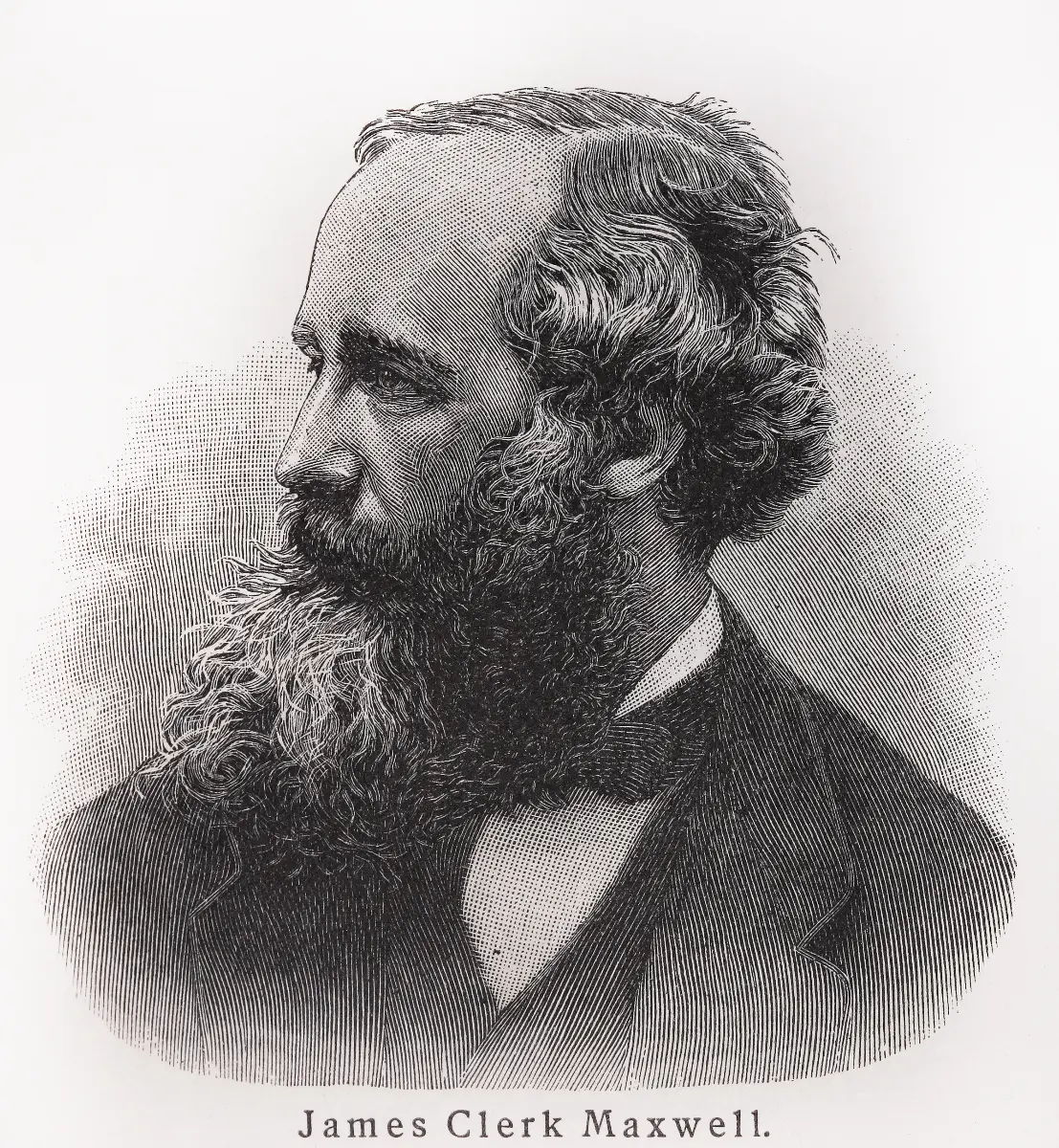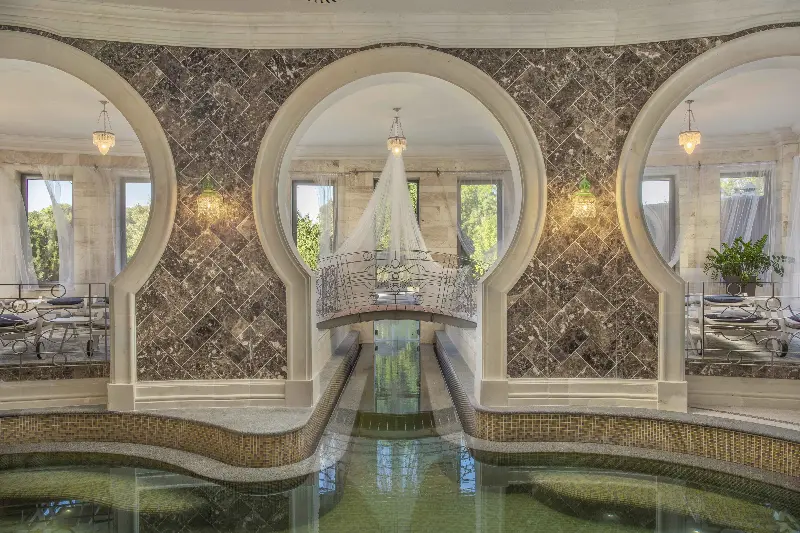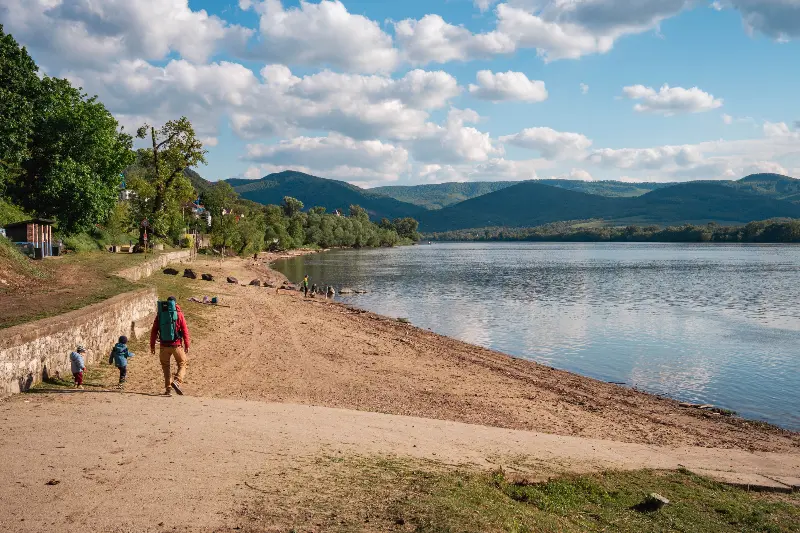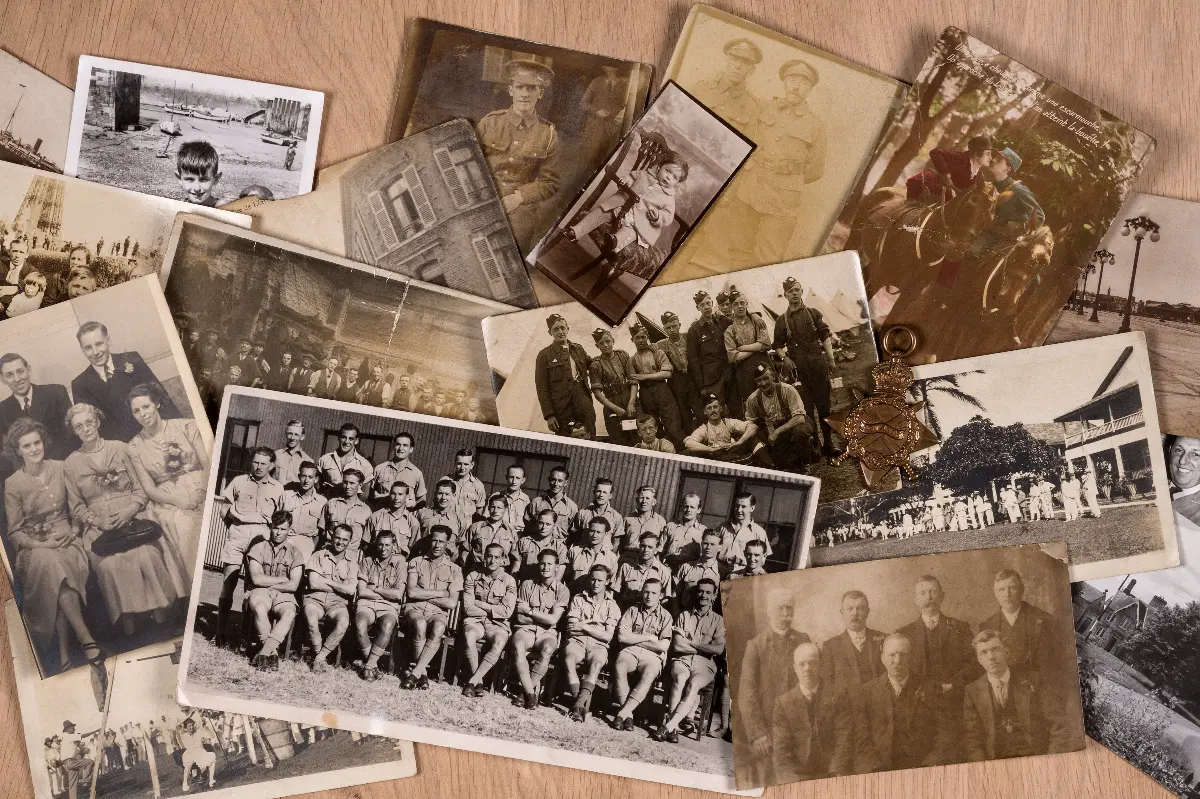
Helyszín címkék:
The Hungarian Museum of Photography in Kecskemét, where the history of the last 200 years is revealed in pictures
The history of photography
Since ancient times, man has longed to see himself, his objects and events in a tangible way. For a long time, painters and sculptors had the privilege of capturing moments and people, to a greater or lesser extent. This was usually done at the request of the upper strata of society, for “neither a painting nor a statue was made of a mortal on earth”. But at the beginning of the 19th century, the need for anyone's memory to appear through a representation appeared in the wider social community. Sentimental demands were replaced by the pursuit of realism, and development has led to photographs being taken using light. This is where the technical development of this new, modern genre began. In fact, any extra talent was not needed, the chemical tricks of image capture and image development had to be acquired.
Technical development of photography
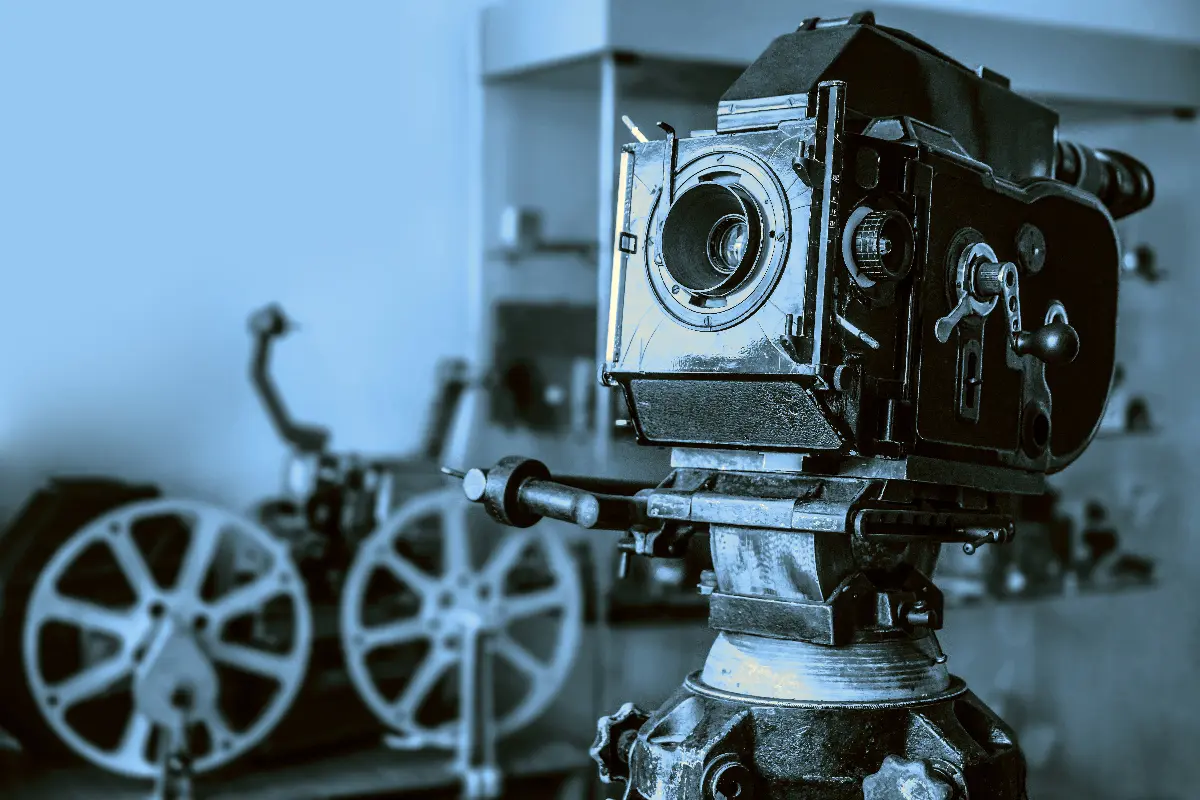
The oldest form of camera was already used by the Arabs around 900 A.D. The optical and chemical effects of light were already exploited by the camera obscura, Latin for dark chamber. The rudimentary devices of the 12th century consisted of a mere wooden box and a glass lens, the use of which severely strained the nerves and joints of models waiting to be photographed, as the exposure took several minutes. A separate industry developed for this, the production of neck and body braces. Later, the development focused on keeping the shutter speed as short as possible. The first celluloid film was created in 1887. For a long time, the photos could only be taken in black and white, and during a transitional period, coloured versions were also made for the sake of lifelike photos. In 1861, James Clerk Maxwell took the first colour picture. From the 20th century there was an explosive development in photography and filmmaking.
The collection of one million pieces also contains Hungarian and international photos
The renovated building of the former Orthodox Synagogue in Kecskemét, houses a collection of more than a million images, the earliest of which dates from 1840 and covers the history of photography to this day. The museum is distinguished by the fact that it is the only one in the country that exclusively preserves, collects, exhibits and publishes photographs. It is sponsored by foundations. The collection includes both domestic and international photographic historical relics. Their theming also depends on age, genre, trend and quantity. Obviously, the legacy of Hungarian photography is present with a much wider repertoire than that of the international one, but the museum tries to buy and exchange as many images of outstanding foreign artists as possible.
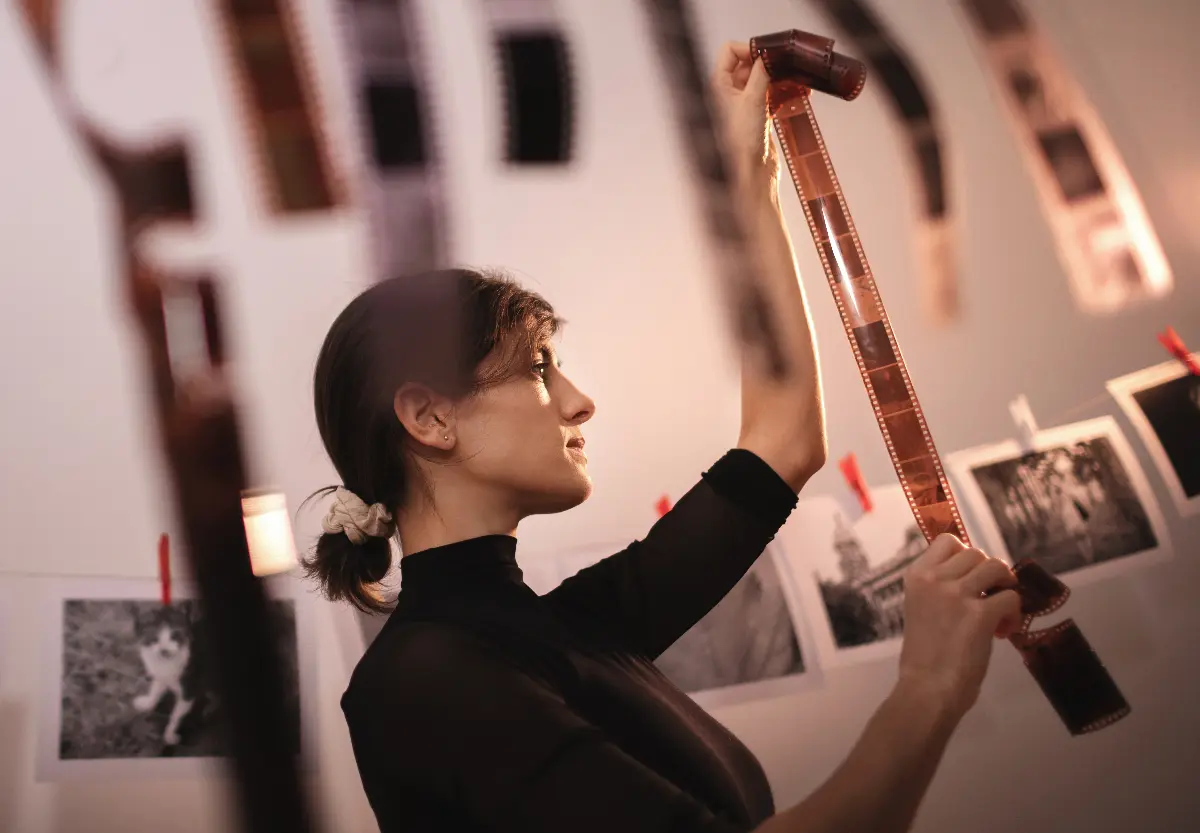
The institution is proud of its Hungarian artists from abroad and collects not only photos but also relics. For instance, it has significant material from André Kertész, László Moholy-Nagy, György Kepes, Robert Capa, Cornell Capa, Paul Almásy, Brassaï, Márton Munkácsi, Ata Kando, József Pécsi, Rudolf Balogh, Károly Escher, Angelo, Olga Máté and from several hundred other artists. Among contemporaries, there are images from all the major artists, such as Tamás Féner, Péter Korniss and Gábor Kerekes. The works of art collected and purchased over many, many years are stored in a dignified and professional manner in air-conditioned rooms - this is especially important in the case of old photos. The institution also collects and displays a wealth of authentic tools from early photography: cameras, lenses, light meters, flashes, projectors, laboratory equipment, studio equipment, relics, medals, awards. It is difficult to even list the huge collection that the museum has uniquely preserved for visitors. In addition, the photo collection is promoted not only in the form of exhibits, but also in the framework of exhibitions and book publishing, and three or four books are published every year enriching literature. The museum organizes exhibitions not only in its own building, but also at extensive sites, even abroad. Besides this, the institution often participates in various scientific and research work.
